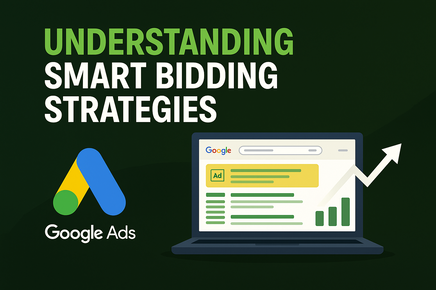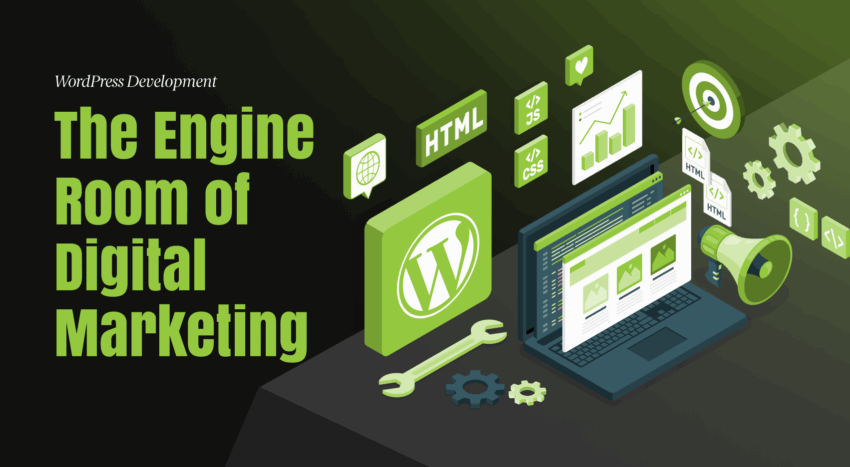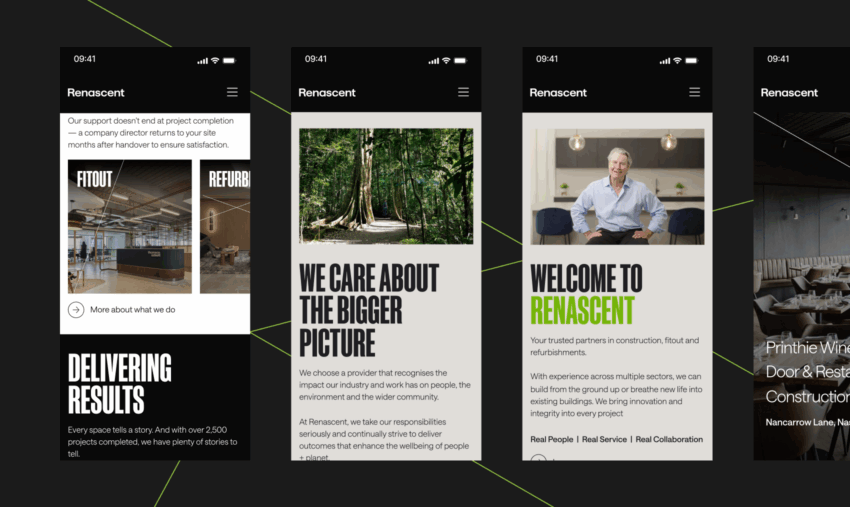Latest Insights
Dive into our latest insights and victories
25 June 2025
. Jerry Zhang
Ocular Charging is one of Australia’s leading providers of electric vehicle charging technology, delivering reliable, premium-grade solutions for homes [...]
24 June 2025
. Adriel Santos
Smart Bidding is one of those terms that is frequently mentioned in the Google Ads world. But what does it mean? More importantly, should you be […]
17 June 2025
. Jerry Zhang
We’ve seen it time and time again. We’ve seen business owners trusting the wrong people with one of their most important digital assets: their website. You’re [...]
3 June 2025
. Jerry Zhang
This is the blunt truth: if your website isn’t built for performance, your digital marketing is working harder than it should. You can run paid campaigns, […]
26 May 2025
. Jerry Zhang
Let’s not sugar-coat it. Your digital marketing campaigns might be underperforming not because your SEO’s off, or your ad budget’s too small, or your content [...]
20 May 2025
. Jerry Zhang
Renascent, a national construction company known for premium fitouts and refurbishments across Australia, needed a digital refresh. Their old site was [...]
2 May 2025
. Jerry Zhang
In 2024, Click Click Media was honoured as a finalist in the Google Agency Excellence Awards, recognised in the highly competitive Online Sales category. With [...]
24 April 2025
. Jerry Zhang
Bathroom Sales Direct (BSD) is a leading Australian bathroomware retailer making waves for its commitment to quality, affordability, and convenience. From [...]
14 April 2025
. Jerry Zhang
Sydney Paws Petdoor teamed up with CCM—and the results speak for themselves. With leads up 400%, they’re now Sydney’s go-to for giving pets the freedom they [...]
14 April 2025
. Jerry Zhang
We’re proud to announce that three of our website projects have made it to the finals of the 2025 Australian Web Awards — a major milestone […]
7 April 2025
. Jerry Zhang
When Jacob’s Creek, one of Australia’s most recognised wine brands, needed to launch a unified, multilingual website across 9 countries and a global platform [...]
1 April 2025
. Jerry Zhang
Aussie Home Services is a Sydney-based company offering 24/7 plumbing and electrical services delivered by licensed, experienced tradies. Known for their fast [...]
Showing 12 of 30











